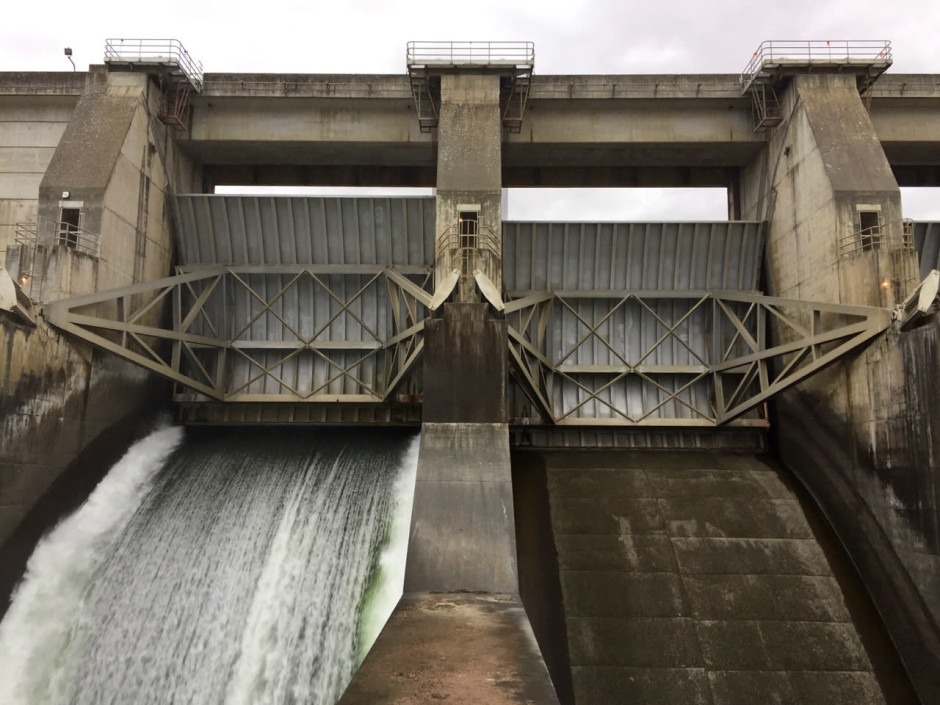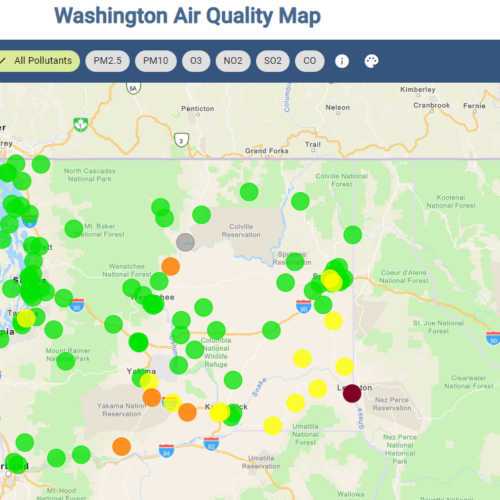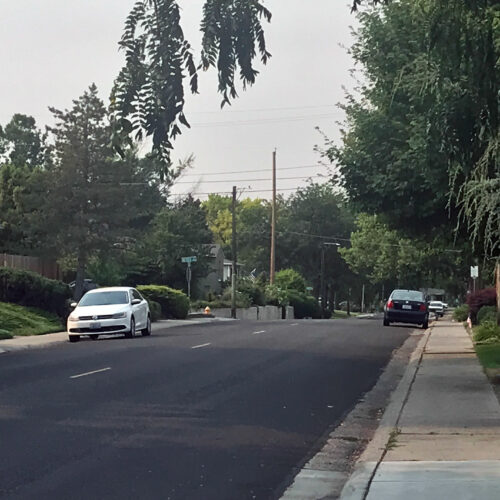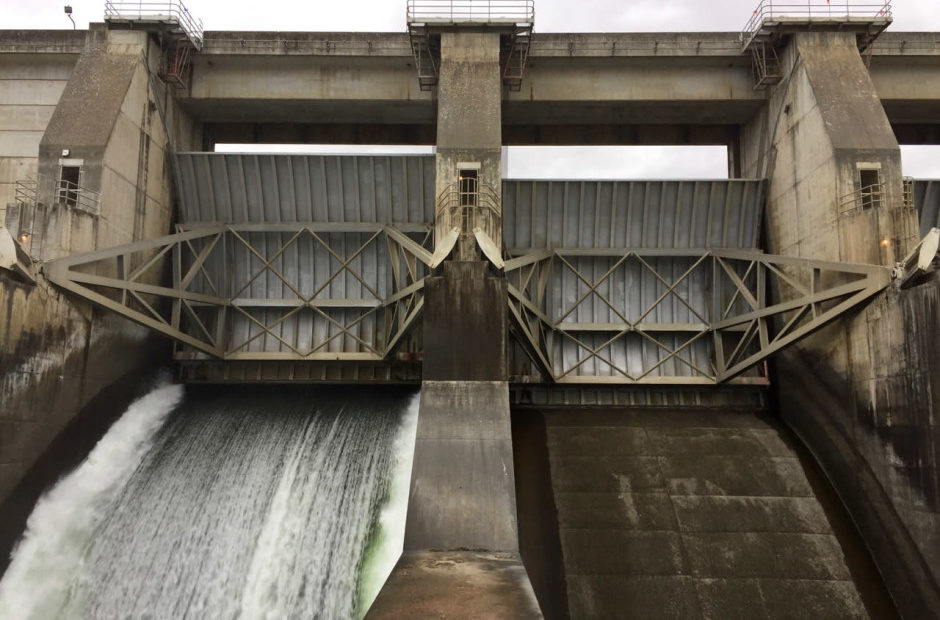
Salmon Plan Approved Allowing More Water Over Columbia River Dams
Listen
A federal judge has approved a plan to spill more water through dams in the Columbia River Basin this spring.
It’s part of an ongoing lawsuit over how to manage dams to protect threatened and endangered salmon and steelhead.
Last year, U.S. District Court Judge Michael Simon ordered dam managers to develop a plan to spill more water on the Columbia and Snake rivers to help fish.
Spilling more water means generating less power, which could raise the price of electricity.
EarthJustice attorney Todd True represents the plaintiffs in the lawsuit, including conservation groups, the state of Oregon and the Nez Perce Tribe. He says spilling more water will help move baby salmon downriver toward the ocean while avoiding dangerous turbines.
“It’s something we can do immediately that will help salmon that are on the brink of extinction,” he said. “The federal agencies have refused to provide spill at this level in the past so the court has ordered them to do that.”
The court ordered as much spill as the law allows. State laws set limits on how much water can be spilled over dams before the gases produced in the process may become harmful to fish.
Dam managers with the U.S. Army Corps of Engineers submitted their new spill plan to the court last month. They will start spilling more water through dams in April.
Copyright 2018 Earthfix
Related Stories:
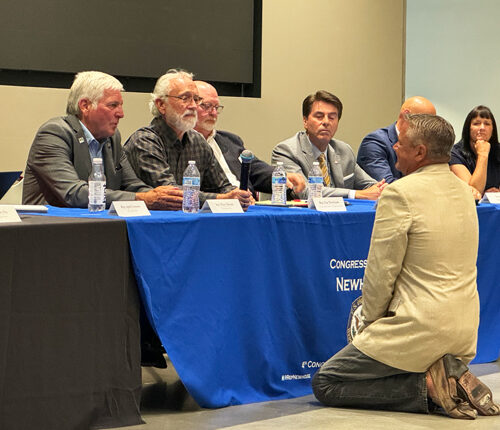
Tri-Cities forum draws support for Lower Snake River dams
At a Lower Snake River dams forum in the Tri-Cities, Chuck Bender, who said his family members are tugboat operators, fell to his knees in front of U.S. Rep. Dan

‘Fish War’ documentary highlights tribal leaders’ fight
From left to right, Charles Atkinson, Jeff Ostenson, Mary Big Bull-Lewis and Twa-le Abrahamson answer questions from the crowd after the film “Fish War.” (Credit: Reneé Dìaz / NWPB) Listen
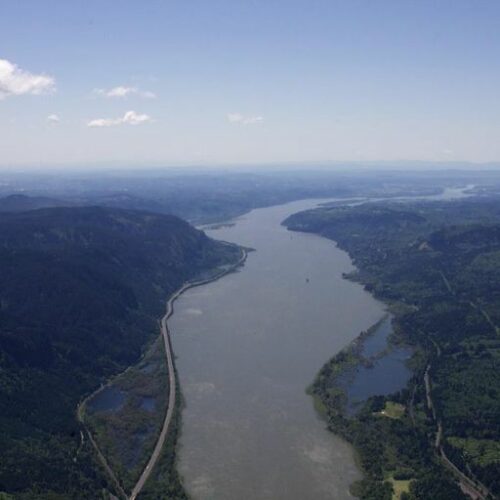
Preliminary agreement reached for a modernized Columbia River Treaty
The Columbia River west of the Gorge as it heads toward Portland and out to the Pacific Ocean. (Credit: Amelia Templeton / OPB) Listen (Runtime 1:01) Read After more than

